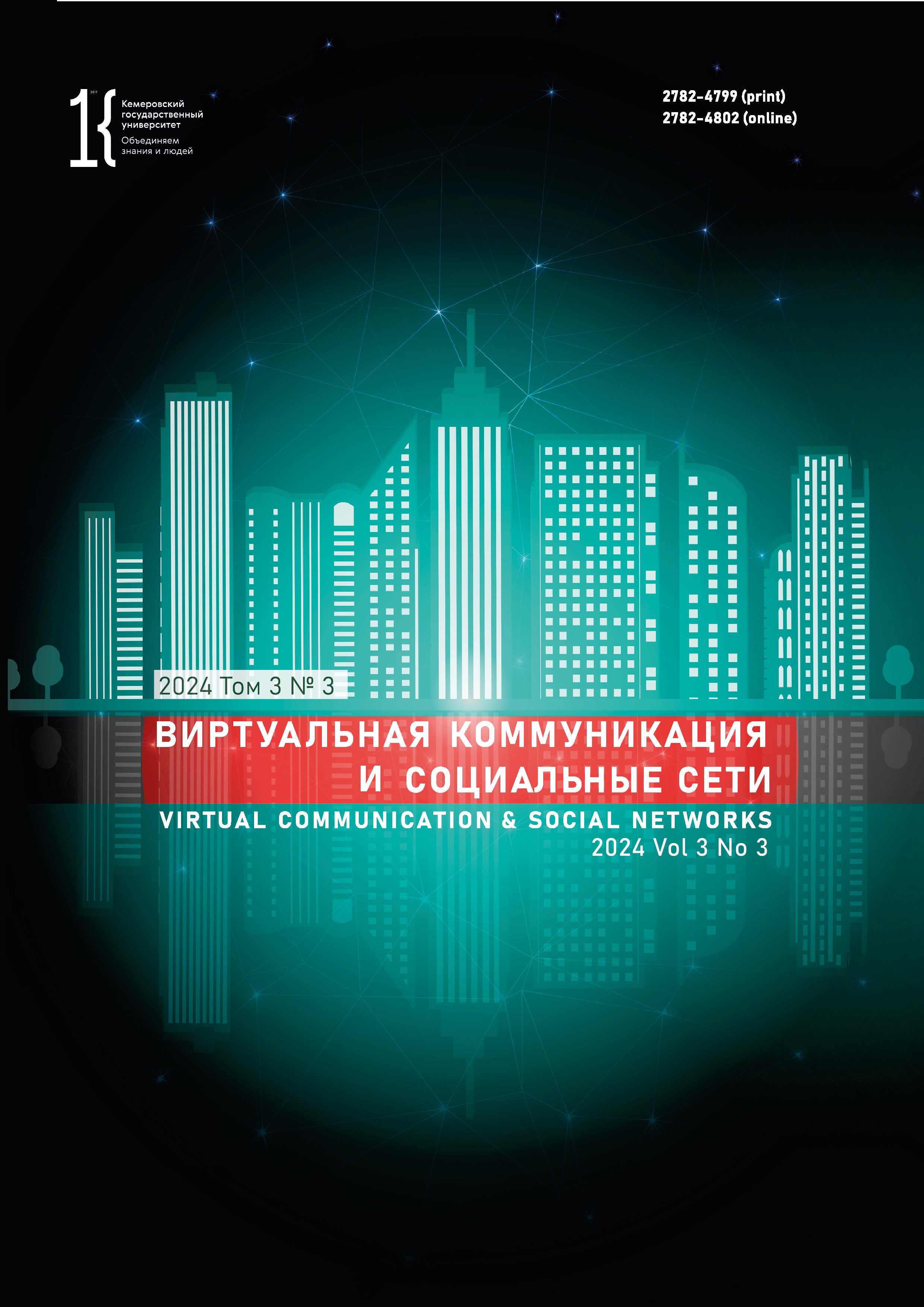St. Petersburg University
Suzhou, China
Suzhou, China
The paper discusses how Design Thinking and Technology-Enhanced Learning can support multidisciplinary teams in Higher Education working on creative projects. In particular, it proposes the integration of Design Thinking and AI-driven technologies into educational methodology to improve communication, engagement, personalized learning, and interactivity of students. The results of this approach are to address the challenges of Higher Education consisting in students’ assessment of the learning process, developing their creativity, critical thinking, and problem-solving skills. This educational project is designed in collaboration with the Department of Industrial Design and the Learning Mall at Xi’an Jiaotong-Liverpool University. The methodology includes a literature review on Design Thinking and analysis of surveys from the Design School students at Xi’an Jiaotong-Liverpool University and the AI assistants. Dynamic tools such as Articulate Rise 360 and AI have made it possible to visualize concepts and create interactive content for learners. The results include two educational prototypes that introduce a new thinking model to Design Thinking methodology and share experiments with interactive technological features. Applying this approach, teachers can create an environment conducive to the development of skills needed in the 21st century.
Design Thinking model, 21st century skills, Technology-Enhanced Learning, AI, interactivity, creativity, personalization
1. Beghetto R. A., Karwowski M., Reiter-Palmon R. Intellectual risk taking: A moderating link between creative confidence and creative behavior? Psychology of Aesthetics, Creativity, and the Arts, 2021, 15(4): 637–644. https://doi.org/10.1037/aca0000323
2. Bezanilla M. J., Galindo-Domínguez H., Poblete M. Importance of teaching critical thinking in higher education and existing difficulties according to teacher’s views. Multidisciplinary Journal of Educational Research, 2021, 11(1): 20–48.
3. Bonwell C. C., Eison J. A. Active learning: Creating excitement in the classroom. ASHE-ERIC Higher Education Report No. 1. Hoboken: Jossey-Bass, 1991, 128.
4. Brown T. Change by design: How design thinking transforms organizations and inspires innovation. HarperBusiness, 2009, 272.
5. Cai Yu., Yan F. Developing Chinese higher education in tensions, an conclusion. Encyclopedia of educational philosophy and theory, ed. M. A. Peters, Singapore: Springer, 2019. https://doi.org/10.1007/978-981-287-532-7_608-1
6. Clark R. E. Learning from media: Arguments, analysis, and evidence. 2nd ed. Charlotte: Information Age Publishing, 2012, 274.
7. Dam R. F., Teo Y. S. The history of design thinking. Interaction Design Foundation. 20 May 2022. URL: https://www.interaction-design.org/literature/article/design-thinking-get-a-quick-overview-of-the-history (accessed 30 May 2024).
8. Dell’Era C., Magistretti S., Cautela C., Verganti R., Zurlo F. Four kinds of design thinking: From ideating to making, engaging, and criticizing. Creativity and Innovation Management, 2020, 29(2): 324–344. https://doi.org/10.1111/caim.12353
9. Design recommendations for intelligent tutoring systems. Vol. 1. Learner modeling, eds. Sottilare R. A., Graesser A. C., Hu X., Holden H. Adelphi: US Army Research Laboratory, 2013, 277.
10. Glantz E. J., Gamrat C., Lenze L., Bardzell J. Improved student engagement in higher education’s next normal. EDUCASE Review, 16 Mar 2021. URL: https://er.educause.edu/articles/2021/3/improved-student-engagement-in-higher-educations-next-normal (accessed 30 May 2024).
11. Kavousi S., Miller P. A., Alexander P. A. Modeling metacognition in design thinking and design making. International Journal of Technology and Design Education, 2020, 30: 709–735. https://doi.org/10.1007/s10798-019-09521-9
12. Kelley D. M., Kelley T. Creative confidence: Unleashing the creative potential within us all. NY: Crown Currency, 2013, 304.
13. Kirschner P. A., Karpinski A. C. Facebook and academic performance. Computers in Human Behavior, 2010, 26(6): 1237–1245. https://doi.org/10.1016/j.chb.2010.03.024
14. Lidwell W., Holden K., Butler J. Universal principles of design. Gloucester: Rockport Publishers, 2010, 272.
15. Lin M. F. G., Eichelberger A. Design thinking as a catalyst for change: Faculty reaction to a redesigned meeting. Journal of Formative Design in Learning, 2020, 4(1): 34–42. https://doi.org/10.1007/s41686-020-00046-2
16. Loyalka P., Liu O. L., Li G., Kardanova E., Chirikov I., Hu Sh., Yu N., Ma L., Guo F., Beteille T., Tognatta N., Gu L., Ling G., Federiakin D., Wang H., Khanna S., Bhuradia A., Shi Zh., Li Ya. Skill levels and gains in university STEM education in China, India, Russia and the United States. Nature Human Behaviour, 2021, 5(7). https://doi.org/10.1038/s41562-021-01062-3
17. Meyer M. W., Norman D. Changing design education for the 21st century. She Ji: The Journal of Design, Economics, and Innovation, 2020, 6(1): 13–49. https://doi.org/10.1016/j.sheji.2019.12.002
18. Micheli P., Wilner S. J. S., Hussain Bhatti S., Mura M., Beverland M. B. Doing design thinking: Conceptual review, synthesis, and research agenda. Journal of Product Innovation Management, 2019, 36(2): 124–148.
19. Moirano R., Sánchez M. A., Štěpánek L. Creative interdisciplinary collaboration: A systematic literature review. Thinking Skills and Creativity, 2020, 35. https://doi.org/10.1016/j.tsc.2019.100626
20. Powers M. N. Self-regulated design learning: A foundation and framework for teaching and learning design. 1st ed. London: Routledge, 2016, 230. https://doi.org/10.4324/9781315746081
21. Resnick M., Rosenbaum E. Designing for tinkerability. Design, make, play: Growing the next generation of STEM innovators, ed. M. Honey. 1st ed. NY: Routledge, 2013, 163–181.
22. Silva G. D. E., Zancul E., Oliveira M. Comparative framework of models of design thinking process. Economia Circular e Engenharia De Produção: Proc. XXVII Symposium, Bauru, 11–13 Nov 2020. Online, 2020. URL: https://repositorio.usp.br/directbitstream/9af3bfdb-b9ef-4d67-8ba7-e5c66e84aecf/prod_24505-sysno_3043470.pdf (accessed 30 May 2024).
23. Taneri B., Dogan F. How to learn to be creative in design: Architecture students’ perceptions of design, design process, design learning, and their transformations throughout their education. Thinking Skills and Creativity, 2021, 39. https://doi.org/10.1016/j.tsc.2020.100781
24. Varanasi R. A., Yan Sh., Toprani D., Borge M. Making design practices visible to young learners, 2020. https://doi.org/10.35542/osf.io/vxw4e
25. Zolotova M. L. Creative Thinking tools reference guide for XJTLU UG design students and all interested, 2024. https://doi.org/10.6084/m9.figshare.25602636.v4
















